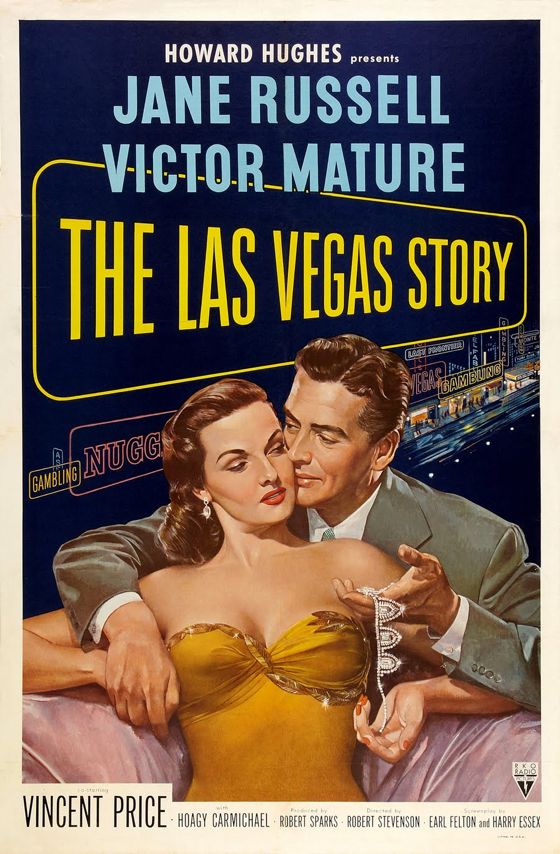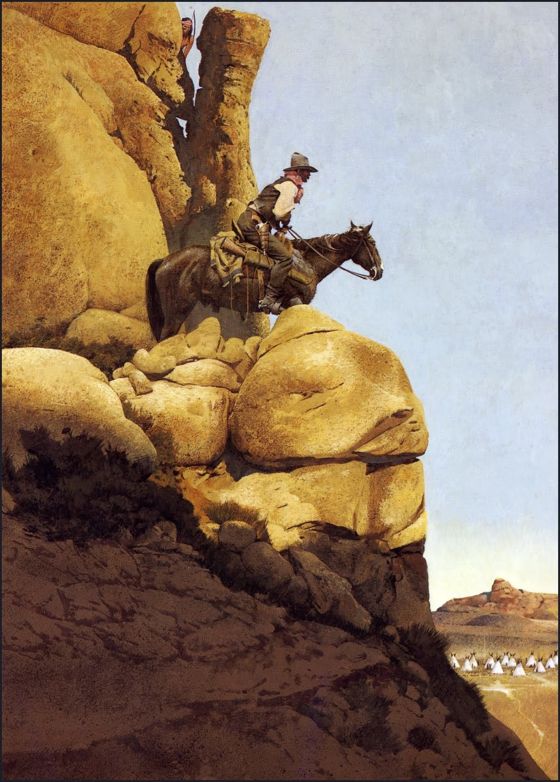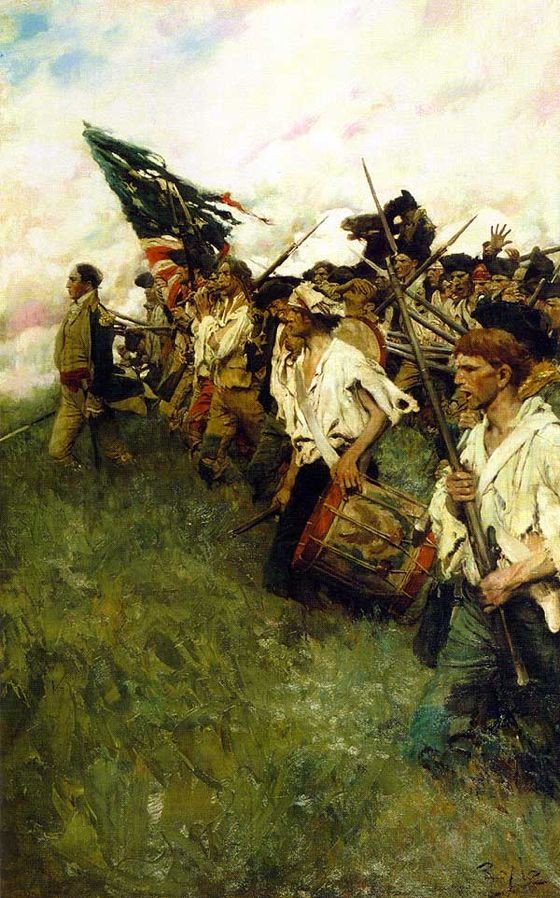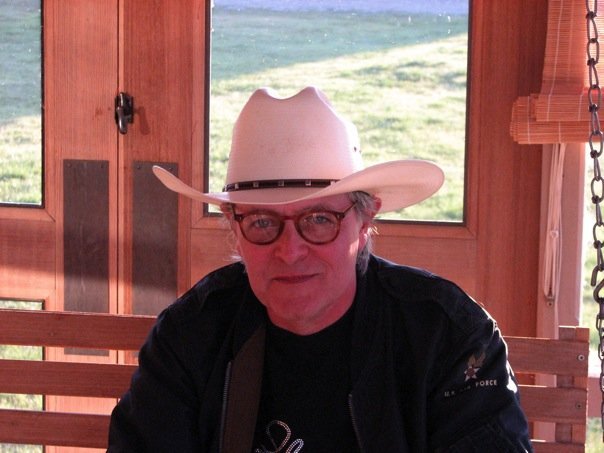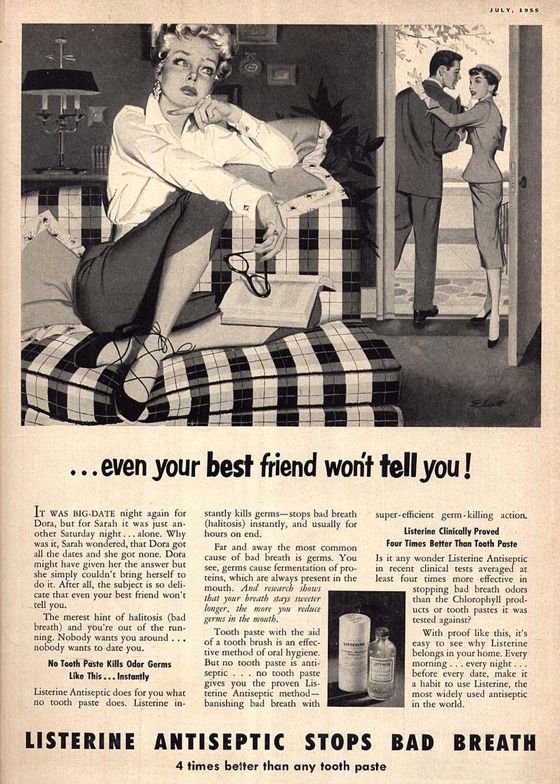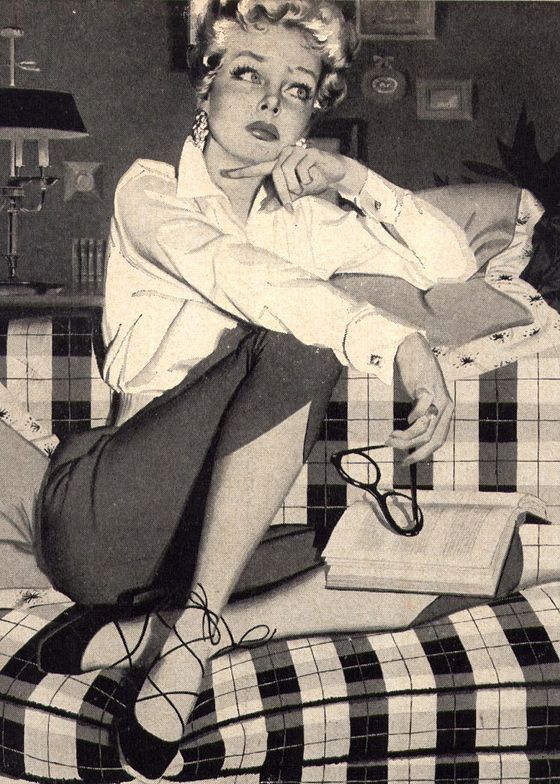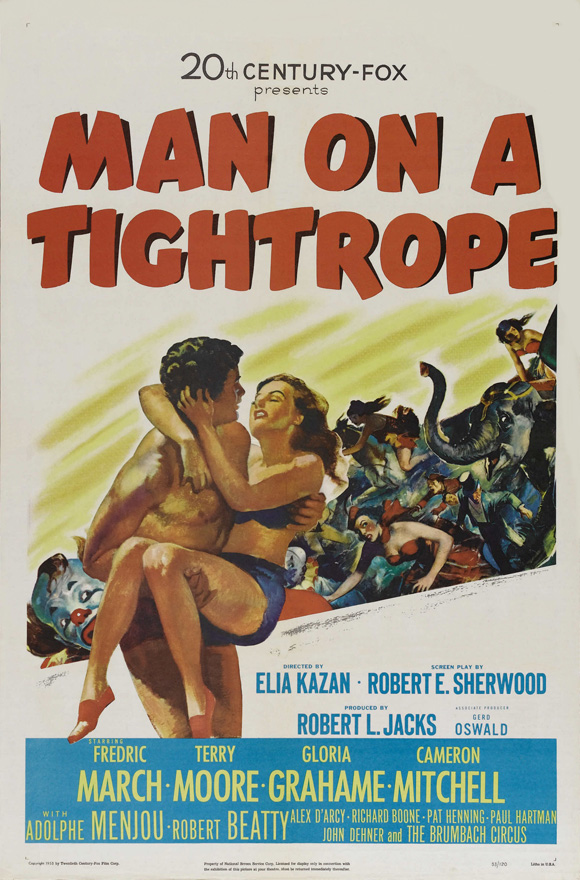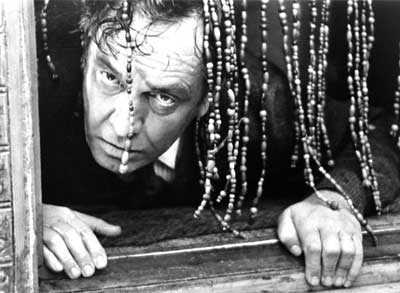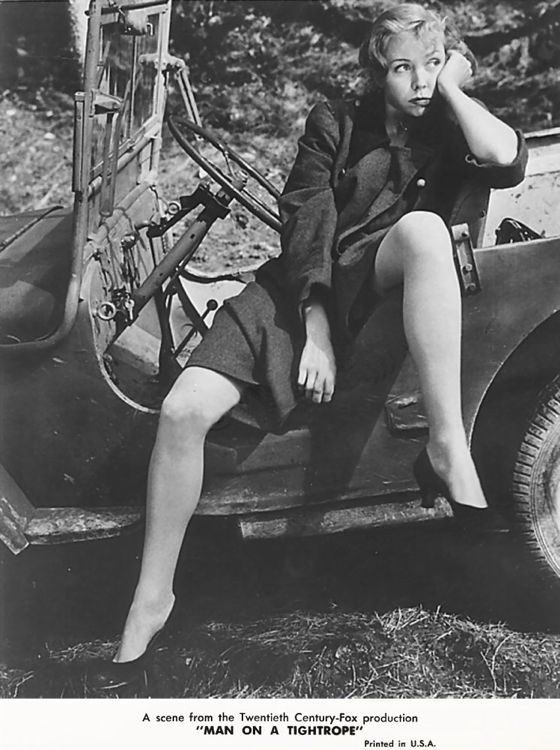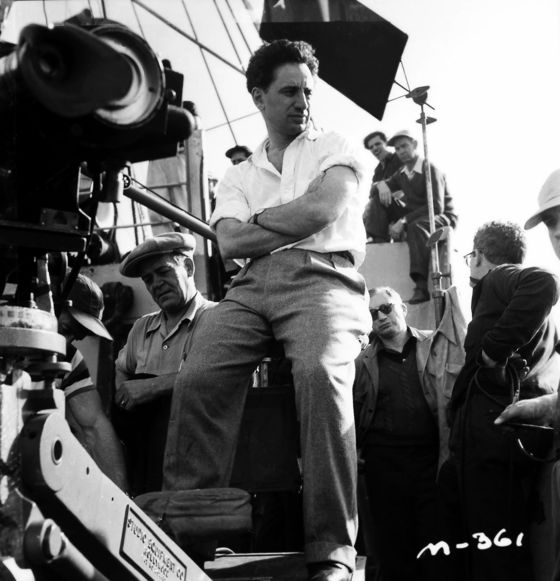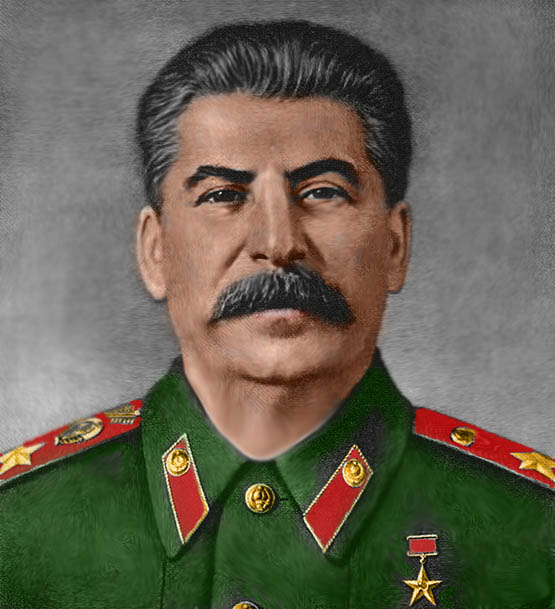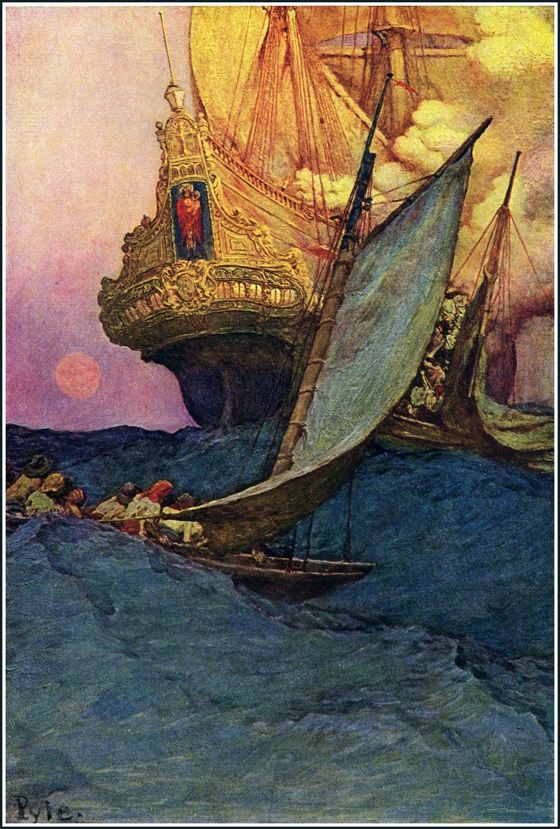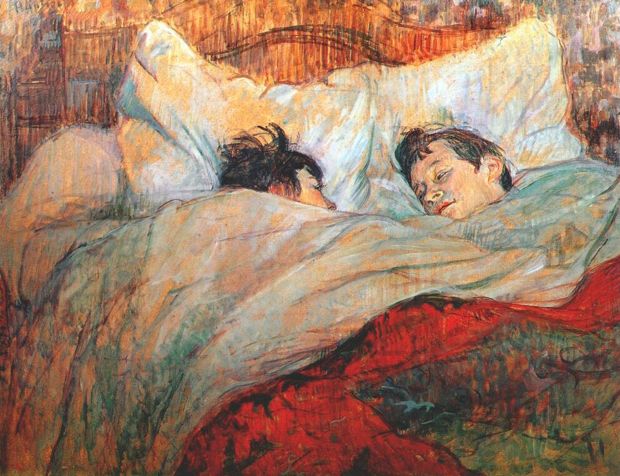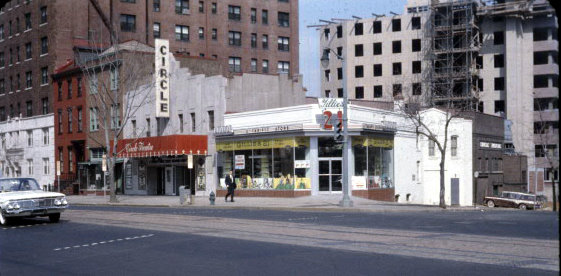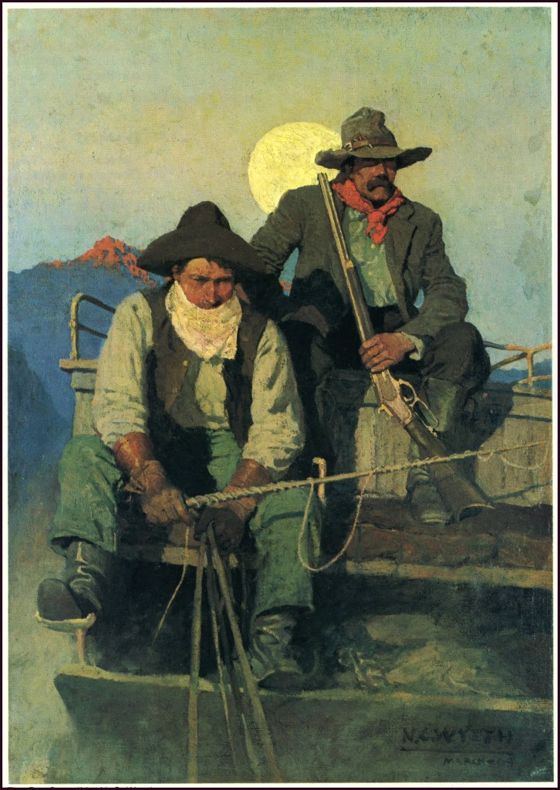
It's always heartening to see a tyrant fall. It reminds us that
tyrants are all paper tigers in the absence of the support or apathetic
consent of the people they rule. This political truth is one that
people habitually forget — even in countries like America which were
founded on an absolute faith in this truth.

But something more important has been shown in Egypt over the past three
astonishing weeks. We have seen a nation of decent, peaceable,
creative, idealistic, brave people . . . most of whom happen to be
Muslims. It's no wonder that the lunatic fringe on the American right
is upset over this vision — demonizing Muslims is the cornerstone of
much of the foreign policy of that fringe.

But you cannot demonize the young people in the streets of Egypt right
now. You cannot demonize their joy, their desire for freedom, their
humane methods, their sweetly earnest pride in who they are and what
they have done. Even if their movement is hijacked by a new autocracy
or by fanatics — which is very hard to imagine happening — we have
seen surging crowds who represent the real Egypt, and they are not
fanatics, they are not violent, they are not anti-American. They are
just good, dear people who want liberty and economic opportunity.

Many of them hold religious views which we in the West would call
barbaric. Slavery, enshrined in our Constitution, and the exclusion of
women from political power, back when America began its experiment in
democracy, were similarly barbaric . But democracy, a free market for
ideas, is the only known road from such barbarism to an enlightened
society. No other system of government has ever traveled it.

If the Egyptian people want democracy, they want a chance to change and
to grow — to be born again as a nation. They know, in their hearts,
what we all know — that he not busy being born is busy dying. Egypt
has decided to get on with the business of being born.
[Images from The Boston Globe's The Big Picture]

